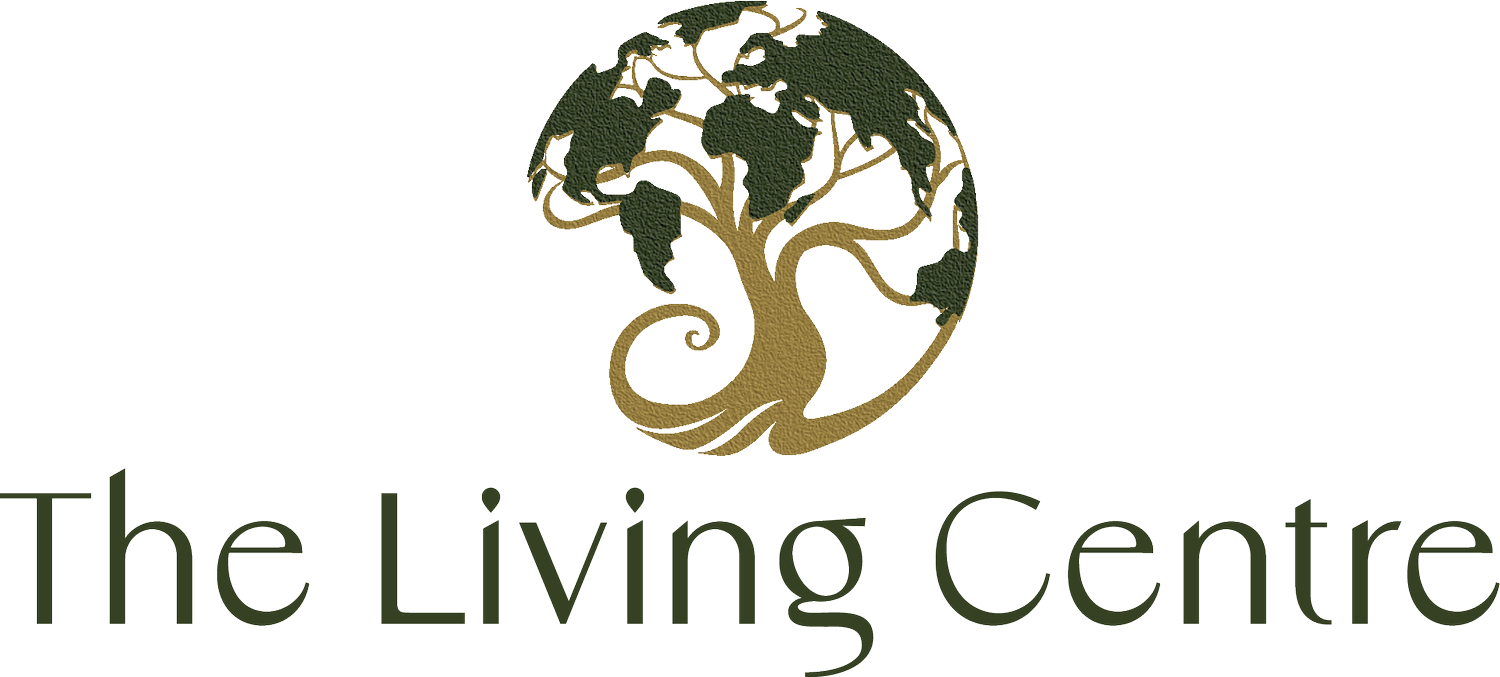Spiritual Ecology, Rewilding & Permaculture
What is Spiritual Ecology in Action?
Spiritual Ecology is about sticking our hands in the soil – feeling into the roots of social and environmental issues – and cultivating a deeper relationship with life that reflects the interconnectedness of all life.
Spiritual Ecology in action refers to the practical application of spiritual and ecological principles to address environmental challenges and foster sustainable relationships with the natural world. Integrating spiritual values, beliefs, and practices with ecological awareness and action to promote environmental stewardship, conservation, and restoration.
The Four Principles of Spiritual Ecology:
Interconnectedness
Reverence for Nature
Stewardship
Service
How can these principles be rooted in our lives, and what are the opportunities and challenges of incorporating them into the environmental, social, and spiritual movements?
What are Rewilding and Permaculture?
Rewilding is an ecological awareness idea that is gradually gaining momentum within environmental circles, and it bears significant comparisons with some permaculture principles. Permaculture emphasizes the preservation of natural ecosystems and making efforts to repair ecosystems that have been damaged by human activity. Rewilding also proposes that people take a proactive approach to assist natural ecosystems in retaining their former diversity and abundance – which have been curtailed by human encroachment on the land. Wilderness management, as it is currently practiced, seeks to contain somehow or suppress natural processes or manage the environment for the benefit of a single species; rewinding proposes letting Nature re-find its balance – in many ways, allowing the land turned back to its natural state so that Nature itself can work out what is best for it. Rewilding is about making a whole wilderness ecosystem truly wild – self-sustaining, abundant and diverse (which happens to overlap with the aims of permaculture design). It is about creating a future where humans can again see themselves as ecosystem participants of a global ecosystem rather than separate and often antagonistic elements. Given what we know about Nature as permaculturists or forest gardeners, we can be confident that once the balance is reached, Nature will find the correct equilibrium for that ecosystem and eventually reach abundance. There are several reasons why rewilding is an appealing prospect.
Biodiversity: Rewilding allows Nature to re-establish its natural state of abundance and biodiversity.
Self-Sustaining: When ecosystems can blossom in their biodiversity, they naturally create an autonomous system.
Protect from Extinction: Reintroducing species to an area where they were once native protects species from extinction.
Commercial: Natural ecosystems can provide financial gains, such as offering expeditions or tours, and they can also be a place of inspiration.
Rewild Ourselves: Rewilding benefits the land and the animals that live on it; it is also suitable for humans.
Permaculture and Spiritual Ecology Permaculture is a holistic design system based on observing Nature’s priNature'sthat demonstrates how to create resilient, regenerative systems, whether homesteads and gardens, communities, enterprises or larger ecosystem restoration projects. When I hear about the environmental devastation that is happening faster than ever before or that clean water, a rapidly dwindling resource, is being globally privatized, it makes me feel that I, too, am drying and dying. Our bodies are connected to the great body of the Earth. The destruction of our world is experienced deep in our psyche, whether we consciously acknowledge it or not. We need to develop a sense of resilience and balance to manage this. Life is not only precious; it is a profound experiment in learning.
Integrating Wholeness: Shifting the Paradigm to Being an Ecosystem Participant
Bringing Spiritual Ecology, Rewilding and Permaculture into our daily lives will support shifting the paradigm of lack to abundance, from separation consciousness to interbeing.
The keystone of spiritual ecology, rewilding and permaculture
is a paradigm shift in
our human consciousness.
From monoculture mind to polyculture mind;
From separation to unity;
From exploitation and manipulation to respect and interdependence;
From intervener to ecosystem participant.
What Inspires and Energises Me?
After 45 years as an earth activist, wild nutritionist and community ecological herbalist, people often ask me where I turn for inspiration. How do I keep going? I make it my responsibility to be as well informed as I can about the state of the world and the systems that exact the damage. Then, I make it my journey to learn more about the solutions, from the grand, inspiring projects that regenerate whole landscapes to the small practices I can use daily. I am a forest gardener and co-facilitator of The Living Centre. I like to work within the community in practical ways, not only with herbs and trees but also with well-designed people care systems, whether personal or educational.
Visioning and Acting for the Future
Spiritual Earth Activism is about the journey, not the destination. The process of our trip is living the change we want to see in the world but not expecting to see significant changes in our lifetimes. It is an alchemical, often invisible, practice that we hope benefits the future rather than engaging in today's dram today's leading and ecological growth as a noble endeavour by humanity
Humanity's challenge is aligning the majority with Nature's wisdom, transforming them into stewards rather than mere exploiters. At its core, the integration of spiritual ecology, rewilding, and permaculture embodies a profound call to cultivate compassion for all living beings and the intricate web of life. It beckons us to embark on the journey of restoring ecosystems and revitalizing the biosphere while humbly recognizing our place within the grand tapestry of existence rather than asserting dominance over it.
This endeavour unfolds as a gradual but achievable process, buoyed by a united vision, unwavering determination, and collective effort. We gain momentum and efficacy with each step forward, inching closer to our shared aspirations. It is a journey illuminated by the understanding that our interconnectedness with the Earth and its inhabitants transcends mere possibility—it is a reality unfolding in the present moment.
As we engage in this transformative work, our hearts resonate with the profound truth that the future we envision is not merely a distant dream but a tangible reality taking shape before our eyes. It is a future where compassion, harmony, and regeneration flourish, nurturing a world where all beings thrive in coexistence. Each action is significant in this unfolding narrative of hope and renewal, contributing to the collective tapestry of change reshaping the course of humanity and the planet.
It is about restoring the ecosystems and biosphere and helping humanity recognize its humble place instead of dominance. This is a gradual process, but attainable with consolidated vision, drive and effort, and hence with increasing leverage and success. It is a true vision that our caring hearts know is beyond possible, but the future is happening now!

